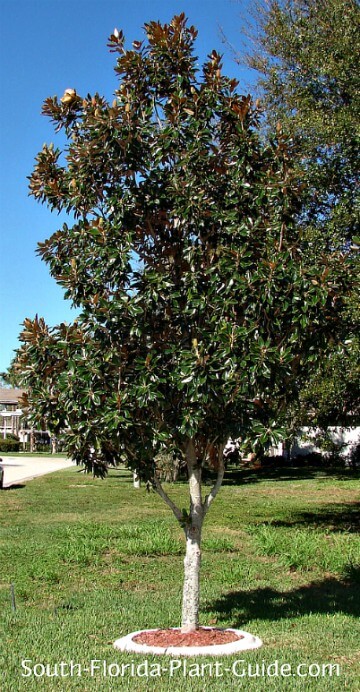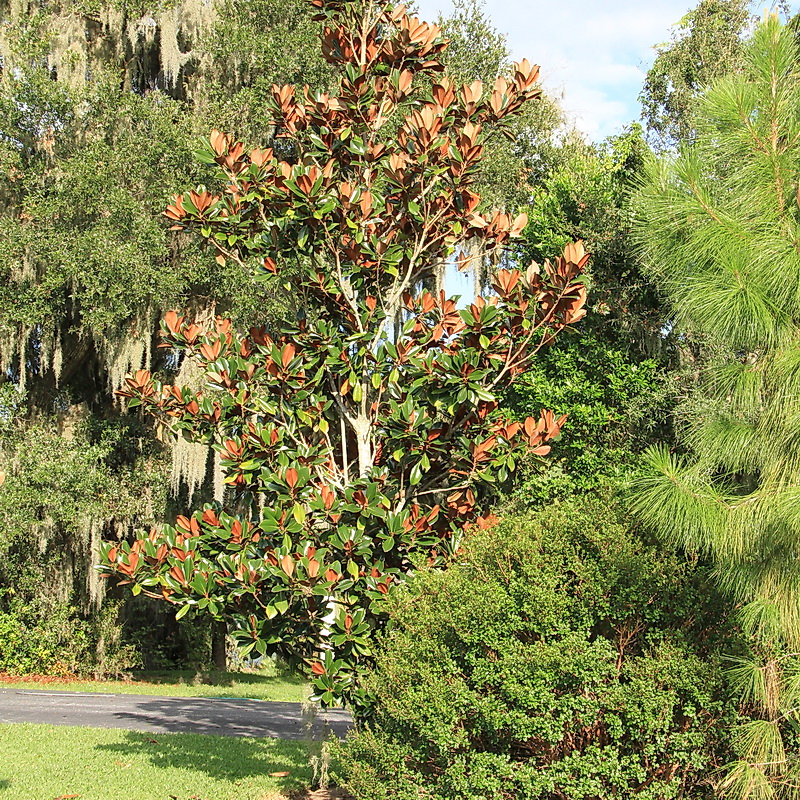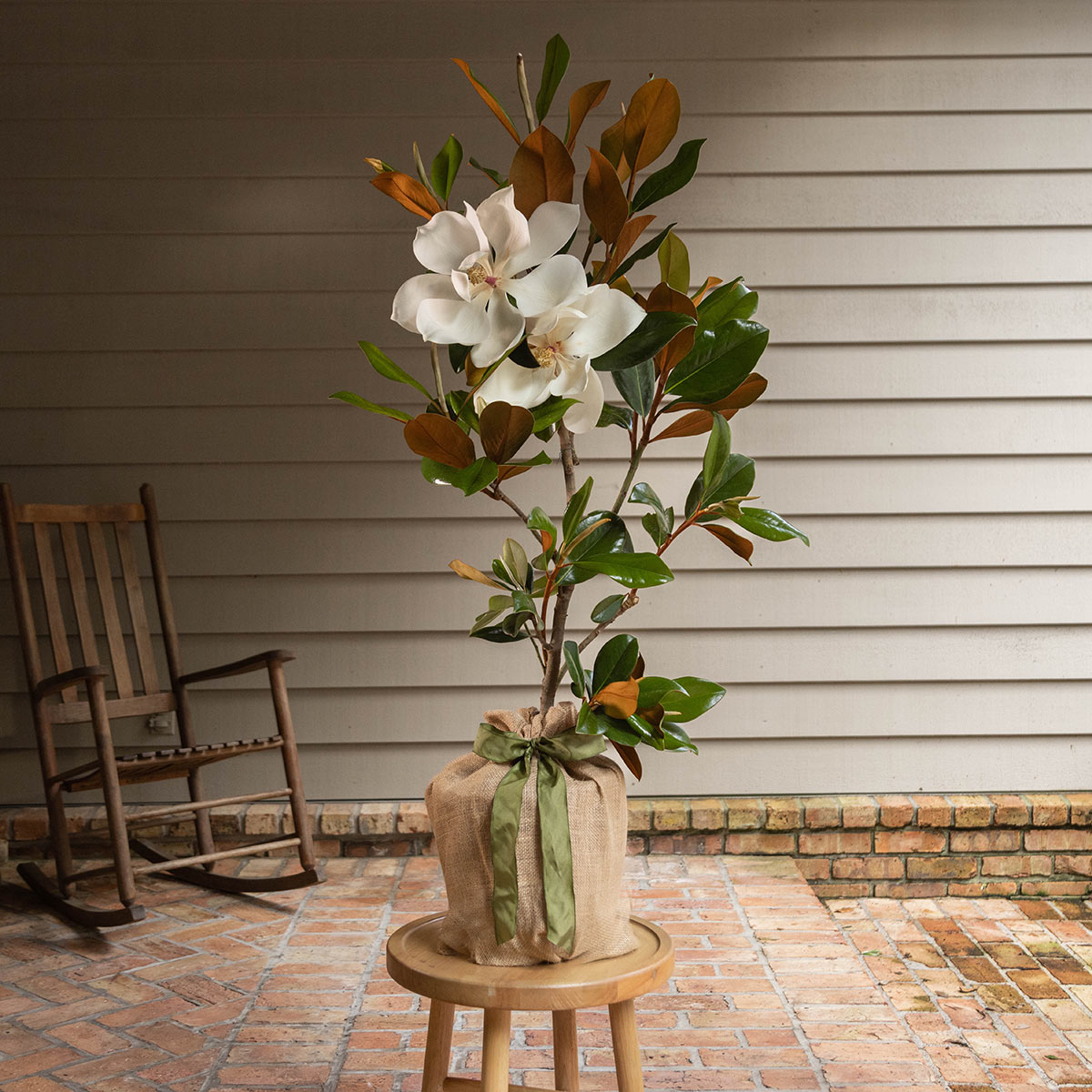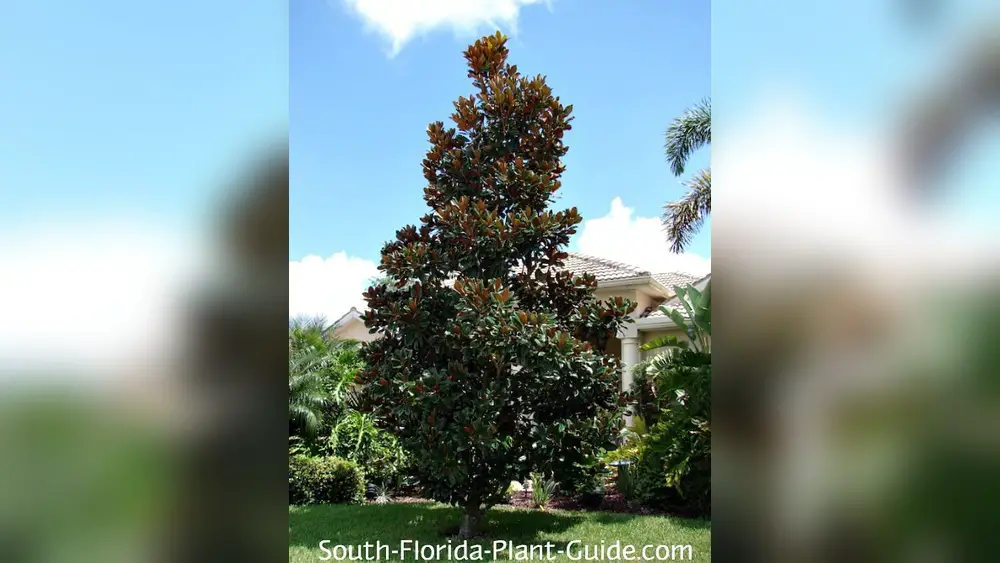If you’re dreaming of adding a stunning magnolia tree to your Southern Florida garden, timing is everything. Planting your magnolia at just the right time can mean the difference between a struggling sapling and a thriving, beautiful tree that enhances your outdoor space for years to come.
But when exactly is the best time of year to plant magnolias in Southern Florida? Whether you’re dealing with evergreen or deciduous varieties, understanding the local climate and seasonal patterns will help you give your magnolia the best start possible.
Keep reading to discover the ideal planting window and simple care tips that will set your magnolia up for success in the Sunshine State.
Magnolia Types For Southern Florida
Southern Florida’s warm climate supports many types of magnolias. Choosing the right type helps the tree thrive and bloom beautifully. Magnolias fall into two main groups: deciduous and evergreen. Each type has unique qualities suited to the region’s weather and soil. Understanding their differences aids in picking the perfect magnolia for your garden.
Deciduous Magnolias
Deciduous magnolias lose their leaves in fall. They offer lovely spring flowers and changing leaf colors. These trees prefer planting in late fall or winter when they are dormant. The cooler soil helps roots grow strong. In Southern Florida, they handle mild winters well. Popular varieties include Magnolia × soulangeana and Magnolia macrophylla. They need space and well-drained soil to grow healthy.
Evergreen Magnolias
Evergreen magnolias keep their leaves year-round. They provide constant green color and large, fragrant flowers. Magnolia grandiflora, or Southern magnolia, is the best-known evergreen type in Southern Florida. Plant these trees in early spring for best root development. They thrive in full sun to partial shade. Evergreen magnolias tolerate heat and humidity well. Their thick leaves help reduce water loss during dry spells.

Credit: www.south-florida-plant-guide.com
Best Planting Seasons
Choosing the best planting season boosts your magnolia tree’s chance to thrive in Southern Florida. The climate here allows for two good planting windows. Each season offers unique benefits for the health and growth of your tree. Understanding these helps you plan the perfect time to plant your magnolia.
Planting during the right season helps the roots settle well. It also reduces stress from heat or cold. Let’s explore the best times to plant magnolias in this region.
Late Fall And Winter Planting
Late fall and winter are ideal for deciduous magnolias in Southern Florida. These trees enter dormancy and need less water and care. The cooler soil encourages steady root growth. Planting now avoids the harsh summer heat, reducing stress on young plants.
The soil stays moist longer during these months, which benefits root development. Water the tree regularly after planting to keep the soil damp. Mulching helps retain moisture and protect roots from temperature changes.
This season suits gardeners who want their magnolia to establish roots before spring growth. It gives the tree a strong start for the coming warm months.
Early Spring Planting
Early spring works best for evergreen magnolias in Southern Florida. This season offers mild temperatures and increased rainfall. The weather supports healthy leaf growth and root expansion simultaneously.
Planting in early spring helps the tree take full advantage of the growing season. It also allows time to build strength before the hot summer arrives. Keep the soil moist and use mulch to protect the roots.
Spring planting suits those who prefer to avoid winter gardening. It ensures your magnolia will grow strong leaves and flowers through the year.
Site Selection Tips
Choosing the right site to plant your magnolia is key to its success in Southern Florida. The location affects how well the tree grows and blooms. Consider sunlight, space, and shade needs before planting. Proper site selection helps the magnolia thrive and stay healthy.
Sunlight Requirements
Magnolias in Southern Florida need plenty of sunlight to grow strong. Most types prefer full sun, which means at least six hours of direct sun daily. Some magnolias can tolerate light shade, but too much shade slows growth. Plant where the tree can get morning sun and some afternoon shade if possible.
Space Considerations
Magnolias grow large with wide branches. Give the tree enough room to spread out. Avoid planting near buildings, fences, or power lines. A space at least 20 feet wide is ideal for mature magnolias. Crowding the tree limits airflow and can cause health problems.
Shade Preferences
While magnolias prefer sun, some shade can protect them from Florida’s hot afternoon rays. Light shade helps reduce leaf scorch and stress during dry seasons. Planting near taller trees or structures that provide filtered shade works well. Avoid deep shade spots that block too much light.
Soil Preparation
Preparing the soil is an essential step before planting magnolias in Southern Florida. Good soil helps roots grow strong and healthy. It also improves water absorption and air flow. Proper soil preparation boosts the tree’s chances of thriving in the warm Florida climate.
Soil Type And Drainage
Magnolias prefer well-draining soil. Sandy loam is ideal because it drains water quickly but holds some moisture. Heavy clay soils trap water and can cause root rot. Test your soil by digging a small hole and filling it with water. If water drains within a few hours, the drainage is good. Poor drainage means you must improve the soil before planting.
Soil Amendments
Adding organic matter improves soil texture and fertility. Mix compost or aged manure into the soil to increase nutrients. These amendments help sandy soil hold moisture and clay soil drain better. Use peat moss or pine bark to adjust soil acidity, as magnolias like slightly acidic soil. Spread amendments evenly and mix well to create a healthy planting bed.
Planting Techniques
Proper planting techniques help magnolias grow strong in Southern Florida. Preparing the tree and planting spot carefully makes a difference. Follow these simple steps to give your magnolia the best start.
Container-grown Vs. Balled-and-burlapped Trees
Container-grown magnolias come in pots and have roots contained. They adapt faster to new soil and can be planted any time of year. These trees are lighter and easier to move.
Balled-and-burlapped trees are dug from the ground with soil wrapped around their roots. They often cost more and need careful handling. Plant these trees during cooler months to reduce stress and improve root growth.
Planting Hole Guidelines
Dig a hole twice as wide as the root ball but no deeper. Wider holes allow roots to spread easily. If you dig too deep, the tree may sink after planting.
Loosen soil around the hole edges to help roots grow outward. Remove any grass or weeds nearby to reduce competition. Place the tree so the top of the root ball is level with the soil surface.
Watering And Mulching
Proper watering and mulching are vital for magnolia trees in Southern Florida. These practices help young trees develop strong roots and survive hot, dry spells. Consistent moisture and protective mulch improve growth and health.
Establishing Root Systems
New magnolias need steady water to build deep roots. Water the tree deeply right after planting. Keep the soil moist but not soggy. This encourages roots to grow downward and outward. Strong roots help the tree absorb nutrients and resist drought.
Moisture Management
Regular watering is key during the first two years. Water the tree twice a week during dry periods. Avoid overwatering, which can cause root rot. Check soil moisture by feeling it about two inches below the surface. Adjust watering based on rainfall and temperature.
Mulch Benefits
Apply mulch around the base of the magnolia to keep soil cool. Mulch retains moisture and reduces water evaporation. It also stops weeds from competing with the tree. Use organic mulch like wood chips or pine bark. Keep mulch a few inches away from the trunk to prevent decay.
Climate Considerations
Understanding the climate in Southern Florida is key to planting magnolias successfully. The region’s warm temperatures, intense sun, and occasional dry spells influence the tree’s growth and health. Choosing the right time to plant helps magnolias develop strong roots before facing extreme weather. Paying attention to heat, drought, and frost risks ensures your magnolia thrives year-round.
Handling Heat And Drought
Southern Florida often experiences hot and dry conditions, especially in summer. Magnolias need regular watering during this time to avoid stress. Mulching around the base helps keep soil moist and cool. Planting magnolias in cooler months gives roots time to grow before the heat arrives. Shade during the hottest part of the day can protect young trees from sunburn.
Avoiding Frost Damage
Frost is rare but possible in Southern Florida during winter nights. Magnolias are sensitive to frost, which can harm new growth. Planting after the last frost date lowers risk. Covering young trees with frost cloths or blankets helps during cold snaps. Monitoring weather forecasts allows quick action to protect your magnolia from sudden cold.

Credit: www.fnps.org
Common Mistakes To Avoid
Planting magnolias in Southern Florida requires care and attention. Avoiding common mistakes can help your tree grow strong and healthy. Many beginners make errors that slow growth or cause stress to the plant. Knowing what to avoid will improve your success rate and keep the magnolia thriving.
Incorrect Timing
Planting magnolias at the wrong time harms the roots. In Southern Florida, the best time is late fall to early winter for deciduous types. Evergreen magnolias do better when planted in early spring. Avoid planting during hot summer months. Heat stress makes it hard for roots to settle. Choose the right season to give your tree a strong start.
Poor Site Selection
Magnolias need space to grow wide and tall. Avoid crowded areas near buildings or other trees. They prefer full sun but appreciate some afternoon shade in hot spots. Poor drainage causes root rot. Pick a well-drained site with good air flow. Check soil type; magnolias thrive in slightly acidic soil. A good site helps the tree resist pests and diseases.
Neglecting Post-plant Care
Newly planted magnolias need regular watering. Dry soil stresses young roots. Keep soil moist but not waterlogged. Mulch around the base to keep moisture and control weeds. Avoid fertilizing too soon; wait until the tree shows new growth. Watch for pests and diseases early. Proper care after planting ensures steady growth and beautiful blooms.

Credit: www.themagnoliacompany.com
Frequently Asked Questions
When To Plant A Magnolia Tree In Florida?
Plant deciduous magnolias in Florida during late fall or early winter when dormant. Plant evergreen magnolias in early spring. Maintain consistent soil moisture and choose a spot with full sun or light shade for best growth.
Can Magnolias Grow In South Florida?
Magnolias grow well in South Florida’s warm climate. Plant evergreen magnolias in early spring and deciduous types in late fall or winter. Choose a sunny spot with some afternoon shade to protect from heat. Keep soil moist and mulch to retain moisture for healthy growth.
Where Is The Best Place To Plant A Southern Magnolia Tree?
Plant Southern magnolia trees in full sun to light shade with enough space for growth. In hot climates, choose afternoon shade.
Can I Plant A Magnolia Tree In The Fall?
Plant deciduous magnolias in fall in mild climates to encourage root growth during dormancy. Avoid fall planting in cold areas. Evergreen magnolias do best when planted in early spring. Keep soil moist and mulch to protect roots after planting.
Conclusion
Planting magnolias in Southern Florida requires timing and care. Fall suits deciduous magnolias, letting roots grow in cooler soil. Evergreen types thrive best when planted early spring. Choose a spot with full sun or light shade. Water regularly after planting, especially during dry periods.
Mulch helps keep soil moist and healthy. Avoid planting in freezing or very cold conditions. Following these tips ensures your magnolia grows strong and beautiful. Patience and attention bring rewarding blooms year after year.

